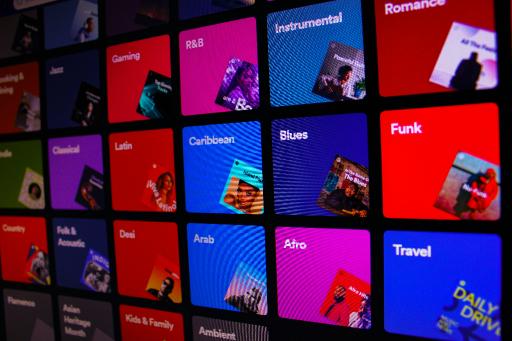Photo by David Pupăză on Unsplash
Metal fans are no strangers to its many sub-genres, and its long heritage coming from ‘60s rock. Every music genre is connected through historical ties or more modern, shared influences in our wider culture. One man from Spotify has made it his mission to catalog them all and show how the music we enjoy came to be.
The Internet Changed Music
The way we listen, store, and categorize music has been changed by the internet. That’s something ‘data alchemist’ Glenn McDonald knows all too well, as it was his job to influence the algorithms at Spotify until parting ways in late 2023. Now that music is more accessible, genres are becoming less important and less defined as musical influences clash more than ever before.
This is something the internet does – it throws influences together that never would have met in the past, fostering more innovation. This has happened across every field, even the finance world with the introduction of cryptocurrencies as an alternative to real money. It also allows users to find information about their interests, so they can find the best crypto casinos that take cryptocurrency over other kinds of cash. In the music world, the internet has allowed fans to follow artists, bands, and their gigs through social media, bringing fans closer to celebrities than at any time in history.
The mixing of genres and musical influences is nothing new, but now the internet has set it into overdrive. In response, Glenn McDonald set out to catalog as many genres as he could using the number-crunching tools also made possible by the internet. For years, McDonald was the man behind the curtain at Spotify HQ, helping to find and even name new genres as they emerged.
Every Noise At Once
While McDonald has left Spotify, his pet project is still going strong. That’s Every Noise at Once, a minimalist blog where you’ll find a very comprehensive scatter plot of every genre known to exist so far. In general, the genres at the top have a more mechanical and electric sound while those at the bottom are raw and organic. Then the genres to the left are slower, and more atmospheric, while the right has faster-tempo music genres.
Users can click any of the genres to get a sample of them, from symphonic metal to jazz funk. More than anything, the resource is great at showcasing how genres change when coming from different regions and cultural backgrounds. In metal alone, its recorded sub-genres include Appalachian black metal, Mexican black metal, Pittsburgh metal, Portland metal, and Christian doom metal, to name a few. In total, 392 recorded genres belong to metal, to say nothing about close cousins like heavier rock and punk genres. In total, over 6,200 genres are recorded and listenable on the site.
Clicking the arrows beside the genre will take users to a new map, filled with artists who belong to that genre. On those maps, the names are sized based on their popularity. For example, German power metal takes us to a new map where, unsurprisingly, Powerwolf is the largest name in the fold. Another click on fantasy metal shows even more names, with DragonForce and Nightwish leading the pack. Bands can appear on these artist maps multiple times – Avantasia belongs to both German power metal and fantasy metal.
After leaving Spotify, McDonald’s access to usable data was impacted but he’s still refining the project to make sure every genre gets the attention it deserves. He has a lot of backing from the Spotify community, who want the streamer's help in providing data for the project.
https://t.co/d70Qg1aetq non-news update: There's no news. Future fates of dormant features remain unresolved.
The Spotify Community thread about this has over 1000 votes and 11 pages of comments, but still no official response.
https://t.co/rpSV4MwndL
— Every Noise at Once (@EveryNoise) March 16, 2024
https://metaldevastationradio.com/thebeast/blog/26007/former-spotify-data-alchemist-has-been-busy-cataloging-every-music-genre?utm_source=dlvr.it&utm_medium=blogger

No comments:
Post a Comment